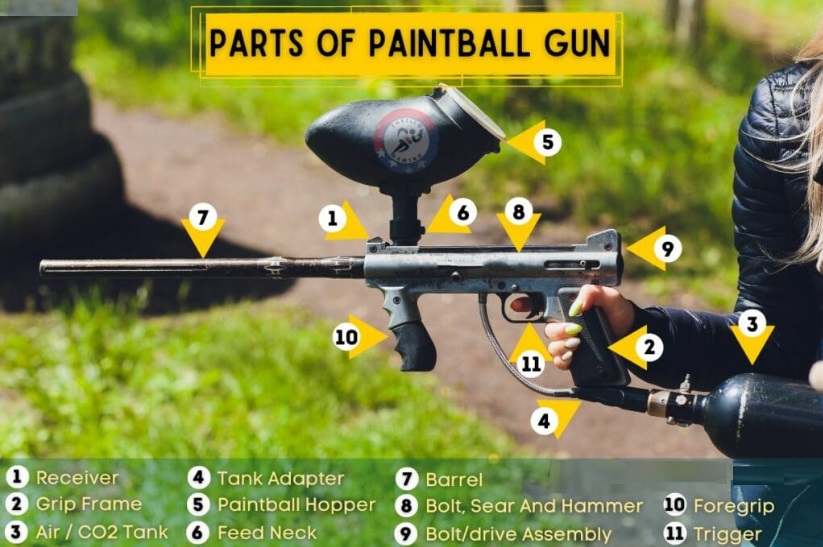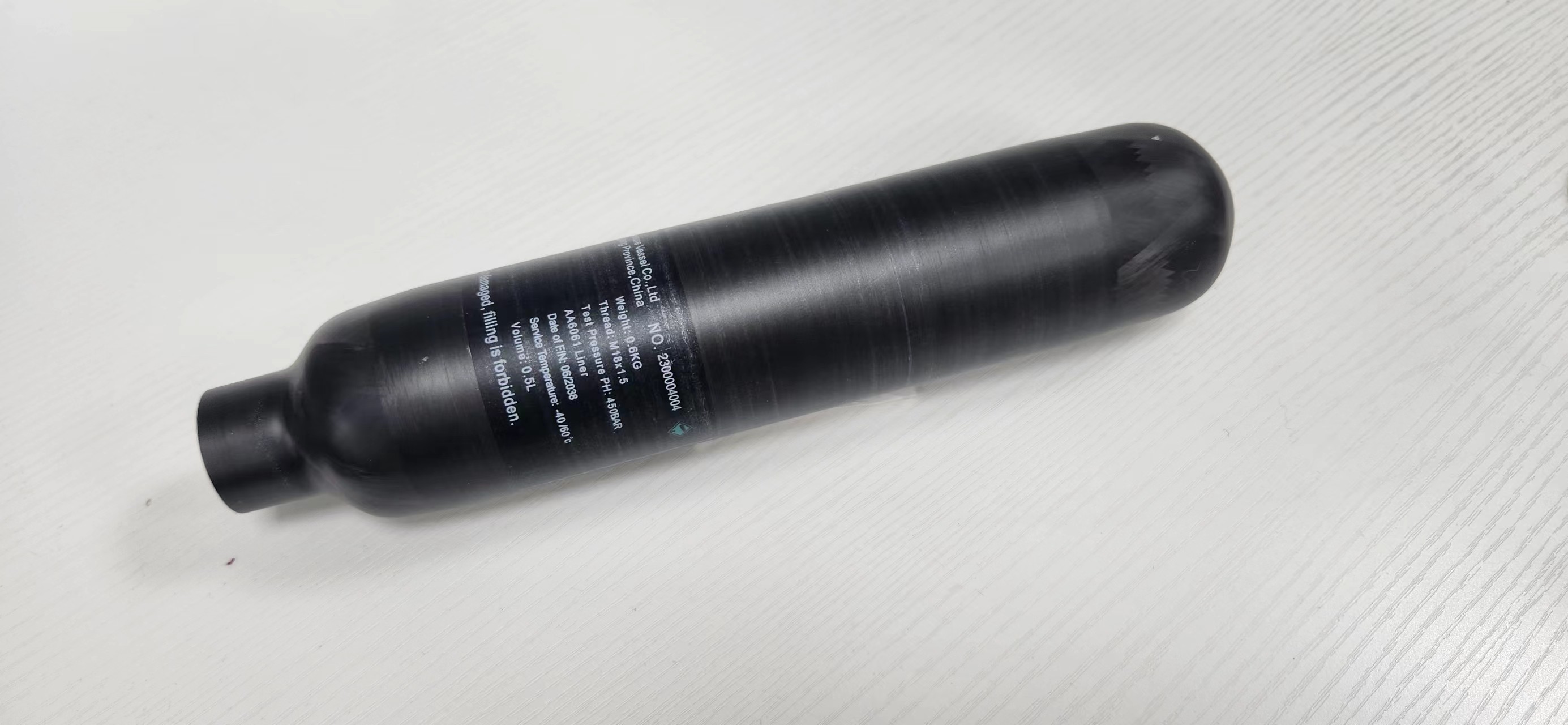Paintball is an exhilarating sport that relies on precision, strategy, and the right equipment. Among the essential components of paintball gear are the air tanks, which provide the compressed air needed to propel the paintballs. The choice of air tank size and material can significantly impact your performance and experience on the field. This article will delve into the best size for paintball air tanks and explore the lifespan and advantages of carbon fiber composite cylinders in detail.
Choosing the Right Size Air Tank for Paintball
Air tanks come in various sizes, and selecting the right one depends on several factors, including your playing style, the type of paintball marker you use, and how long you want to stay in the game without refilling.
1. Common Air Tank Sizes
Paintball air tanks are typically measured by their volume, which indicates how much compressed air they can hold. The most common sizes are:
- 48/3000: This tank holds 48 cubic inches of air at a pressure of 3000 psi. It’s a good choice for beginners or players who prefer a lighter setup. It offers a decent number of shots per fill, though it will need refilling more frequently than larger tanks.
- 68/4500: Holding 68 cubic inches of air at a pressure of 4500 psi, this size is popular among intermediate to advanced players. It provides a good balance between size and shot capacity, making it suitable for longer games and more intensive play.
- 77/4500: This tank holds 77 cubic inches of air at 4500 psi and is favored by players who need extended air supply. It’s larger and heavier but offers more shots per fill, reducing the need for frequent refills during play.
2. Factors to Consider
When selecting the right air tank size, consider the following:
- Playing Style: If you play fast-paced games with frequent shooting, a larger tank like the 68/4500 or 77/4500 might be more appropriate to ensure you have enough air throughout the game. Conversely, if you prefer a lighter setup and shorter games, a 48/3000 tank could be sufficient.
- Marker Compatibility: Ensure that your paintball marker is compatible with the air tank size and pressure. Some markers may have limitations on the maximum pressure they can handle, so always check the manufacturer’s specifications.
- Comfort and Weight: Larger tanks provide more air but also add weight to your setup. Balance the need for a larger tank with the additional weight to ensure you remain comfortable and agile during play.
The Advantages of Carbon Fiber Composite Tanks
Carbon fiber composite cylinders have become a popular choice for paintball air tanks due to their numerous advantages. Here’s a closer look at why carbon fiber tanks are favored by many players:
1. Lightweight
One of the most significant benefits of carbon fiber tanks is their lightweight nature. Carbon fiber composite cylinders are much lighter than traditional steel or aluminum tanks. This reduces the overall weight of your paintball setup, making it easier to handle and maneuver during games. The reduced weight also helps to decrease player fatigue, allowing for longer and more comfortable play.
2. High Strength and Durability
Despite their light weight, carbon fiber tanks are incredibly strong and durable. The composite material used in these tanks provides excellent resistance to impacts, abrasions, and environmental conditions. This durability ensures that the tank can withstand the rigors of paintball play, including drops and knocks during intense games.
3. Increased Pressure Capacity
Carbon fiber tanks are capable of holding higher pressures compared to traditional steel tanks. Most carbon fiber paintball tanks are rated for 4500 psi, allowing for a larger volume of compressed air. This higher pressure capacity translates to more shots per fill, reducing the need for frequent refills and improving your game efficiency.
4. Long Service Life
Carbon fiber tanks have a long service life, often lasting up to 15 years with proper care and maintenance. This longevity is due to the strength of the carbon fiber material and its resistance to corrosion. Regular inspections and adherence to safety guidelines ensure that the tank remains in good condition throughout its lifespan.
How Long Do Carbon Fiber Paintball Tanks Last?
Carbon fiber paintball tanks are known for their durability and long service life. Here’s an overview of their expected lifespan and the factors that contribute to their longevity:
1. Typical Lifespan
Most carbon fiber paintball tanks are designed to last up to 15 years from the date of manufacture. This extended lifespan is due to the advanced materials and construction techniques used in making these tanks. The carbon fiber composite material is highly resistant to damage and wear, contributing to the tank’s overall durability.
2. Maintenance and Inspections
To ensure the longevity of your carbon fiber paintball tank, regular maintenance and inspections are essential. Tanks should be checked for any signs of damage, such as cracks or dents, and should be inspected by a qualified professional as recommended by the manufacturer. Additionally, periodic hydrostatic testing is required to verify the tank’s pressure integrity and safety.
3. Usage and Storage
Proper usage and storage also play a crucial role in extending the life of your carbon fiber tank. Avoid exposing the tank to extreme temperatures or harsh environmental conditions, as these can affect its performance and durability. Store the tank in a cool, dry place and handle it with care to prevent unnecessary damage.
Conclusion
Choosing the right air tank size for paintball and understanding the benefits of carbon fiber composite cylinders are key to optimizing your paintball experience. Carbon fiber tanks offer significant advantages, including lightweight construction, high strength, increased pressure capacity, and a long service life. By selecting the appropriate tank size and maintaining it properly, you can enhance your performance on the field and enjoy the many benefits of modern paintball equipment.
Post time: Sep-05-2024



